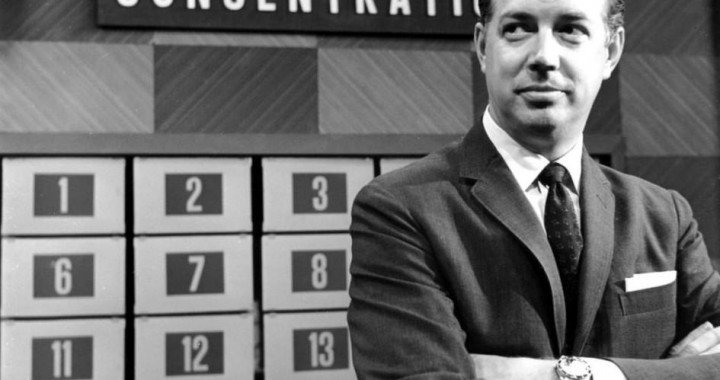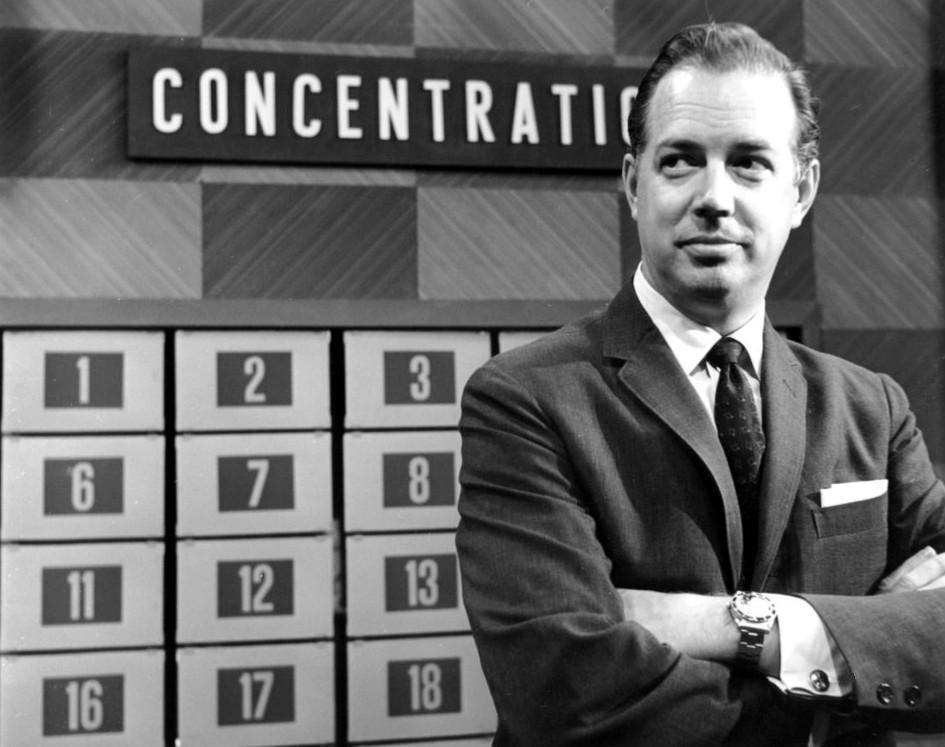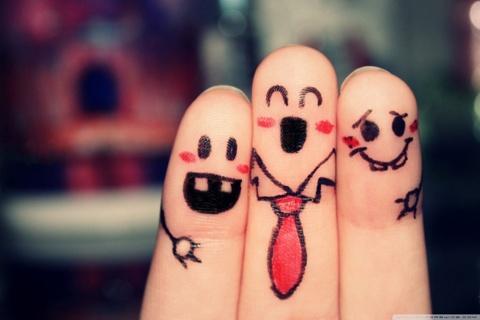 OK, so here I am, Mr. or Ms. Beginner Meditator, seeking some relief from my day-to-day stress, looking for a way to deal with grief, wanting to sleep better, etc. etc., and the next thing I know, I’m being told I have to look at my suffering. Feel my pain. Turn toward discomfort.
OK, so here I am, Mr. or Ms. Beginner Meditator, seeking some relief from my day-to-day stress, looking for a way to deal with grief, wanting to sleep better, etc. etc., and the next thing I know, I’m being told I have to look at my suffering. Feel my pain. Turn toward discomfort.
On the surface, it doesn’t make much sense. We’re used to a take-a-pill-and-feel-better model of healing. How is it that looking at discomfort produces comfort?
When we practice holding our attention on pain (physical, emotional), the natural response is, “I need my coping strategies!” (Food, entertainment, work, substances, mere movement). But at the very same time, we are committing to sit still, say for 10 minutes, deliberately depriving ourselves of those coping strategies. It can be quite unpleasant at first, because the body-mind doesn’t have another way to deal with the situation. So, for a while, we simply suffer—I like to define “suffering” as “resistance to the present moment”. We just sit there resisting the experience, being fidgety, irritable, bored, sleepy, scattered, confused, impatient. But it is in these specific conditions that the body-mind, having no other choice, begins to experiment.
Continue reading→
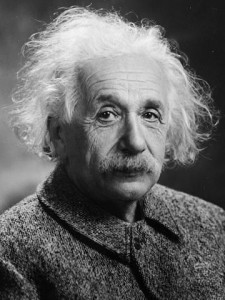

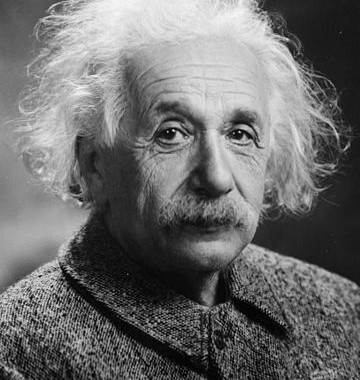

 OK, so here I am, Mr. or Ms. Beginner Meditator, seeking some relief from my day-to-day stress, looking for a way to deal with grief, wanting to sleep better, etc. etc., and the next thing I know, I’m being told I have to look at my suffering. Feel my pain. Turn toward discomfort.
OK, so here I am, Mr. or Ms. Beginner Meditator, seeking some relief from my day-to-day stress, looking for a way to deal with grief, wanting to sleep better, etc. etc., and the next thing I know, I’m being told I have to look at my suffering. Feel my pain. Turn toward discomfort.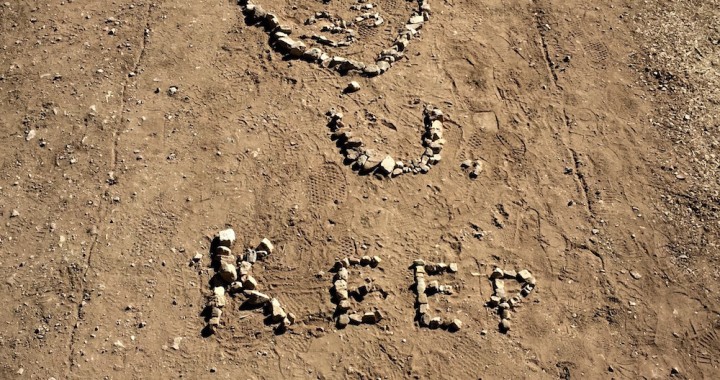
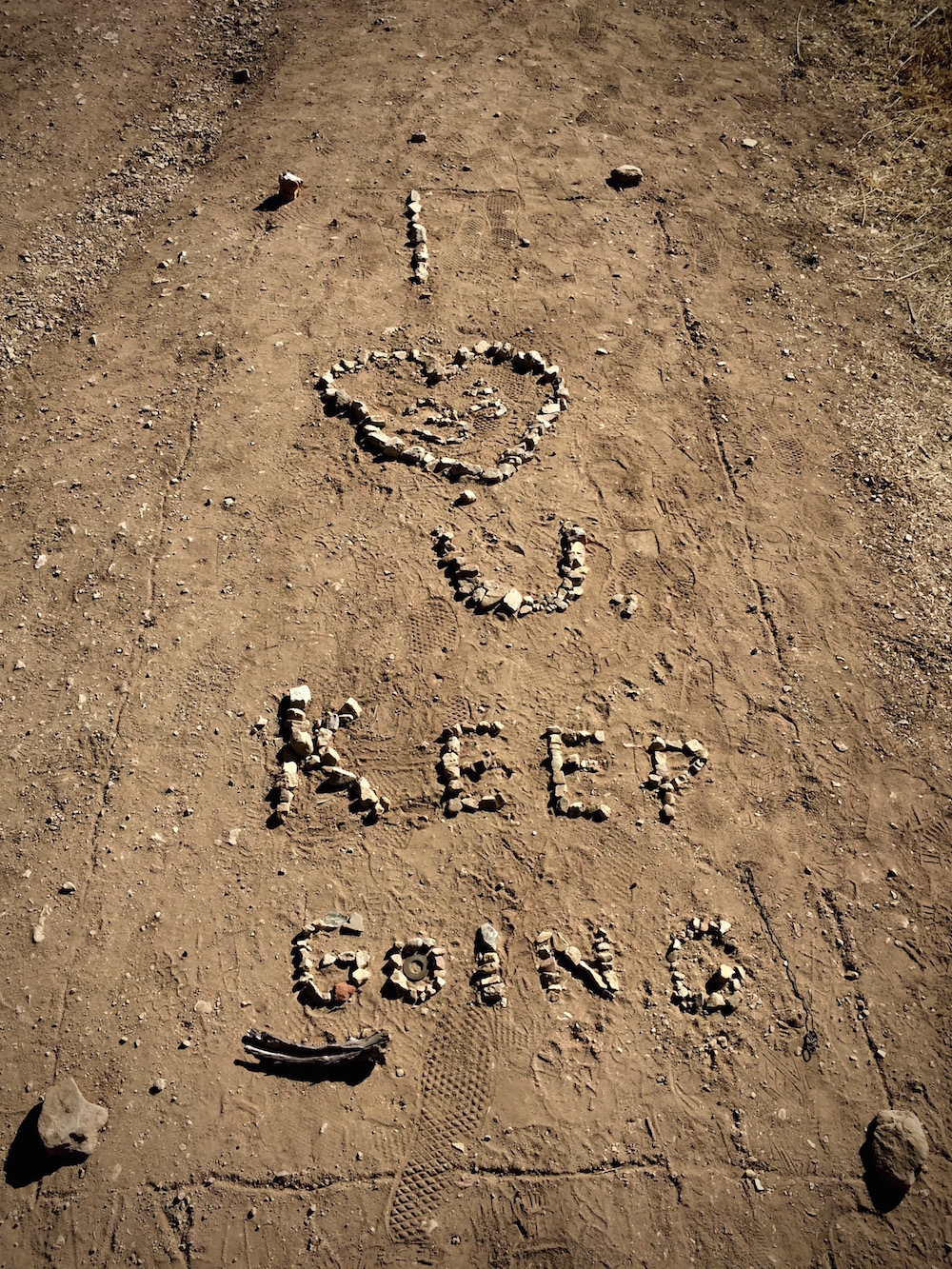 What we are seeking is right here. Transcendence doesn’t come from looking for something that isn’t already present. In other words, we don’t escape from experience. We escape into experience. Into a sound. Into a conversation. Into a simple, mundane thought. Into our lives. Our relationships. Our work. Our path.
What we are seeking is right here. Transcendence doesn’t come from looking for something that isn’t already present. In other words, we don’t escape from experience. We escape into experience. Into a sound. Into a conversation. Into a simple, mundane thought. Into our lives. Our relationships. Our work. Our path. 